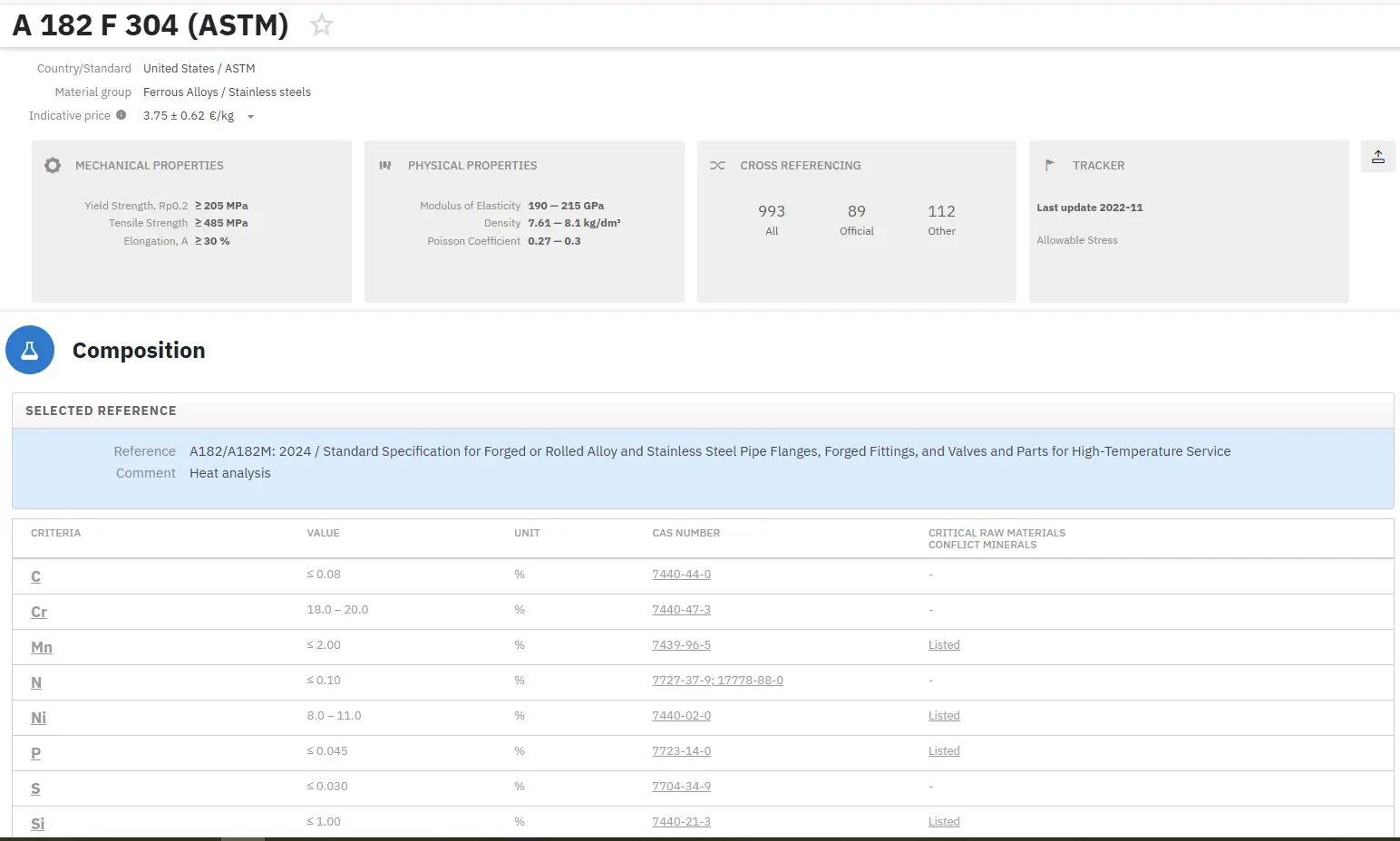Advanced High Nitrogen Steels
Abstract
High nitrogen steels (HNS) offer unique properties such as enhanced strength and corrosion resistance, making them ideal for various industrial applications. This article reviews recent advancements in the production of high nitrogen steels, particularly through techniques developed by the CMRDI, utilizing both open air and controlled atmosphere technologies. It explores the role of nitrogen as a stabilizing element, its impact on the mechanical properties of stainless steels, and how microalloying with vanadium and nitrogen can increase strength without compromising elongation. The article highlights the diverse applications of these steels, including in transportation, environmental technologies, and industrial equipment.
Introduction to High Nitrogen Steels (HNS)
Historically, high nitrogen steels were developed to leverage their well-known enhanced characteristics, such as high strength and significantly improved corrosion resistance. This article discusses recent developments in high nitrogen steels, with a focus on advancements made by the CMRDI. These include innovations using both open air and controlled atmosphere technologies to produce various grades of high nitrogen steels.
The significant application of nitrogen as an alloying element began in the 1980s. Steels produced during this period, containing 0.5-1.0% nitrogen, were termed High-Nitrogen Steels (HNS) or nitrogen "hyperequilibrium" steels. At these concentrations, nitrogen imparts unique properties to the steel. For example, stainless high-nitrogen steels exhibit both high strength and excellent corrosion resistance, which has opened up new avenues in physical metallurgy.
Impact of Nitrogen Alloying on Steel Properties
In the case of 9-12% chromium steels, higher nitrogen content promotes the precipitation of vanadium nitride (VN), which significantly improves the creep resistance of these steels. Similarly, for austenitic-ferritic duplex steels, nitrogen affects corrosion resistance, mechanical properties, and the phase composition (the ratio of austenite to ferrite). Nitrogen stabilizes austenite, enhancing high-temperature performance.
Nitrogen's ability to stabilize austenite makes it a cost-effective alternative to other, more expensive alloying elements. The inclusion of nitrogen in various steel grades offers substantial benefits in terms of performance across different industries.
Role of Vanadium in Enhancing Steel Strength
Vanadium microalloying in low-carbon manganese steels increases strength primarily through precipitation strengthening and grain refining. This effect is significantly enhanced by increasing the nitrogen content in the steel. For instance, increasing the nitrogen content from 0.015% to 0.025% in a steel with 1.8% Mn and 0.15% V resulted in increases in yield strength and ultimate tensile strength by 194 and 110 N/mm², respectively.
The grain refinement achieved through vanadium/nitrogen microalloying is due to the precipitation of vanadium nitride, which inhibits austenite grain growth during forging. The high strength achieved in these steels can reach up to 835 N/mm² in the forged condition, providing substantial mechanical advantages.
Applications of High Nitrogen Steels Across Industries
High nitrogen steels have broad applications in various industries, including:
- Transportation: For use in cables, reactor blades, landing parts of aircraft, wheels for trains, and fuel tanker shells.
- Environmental Technologies: Applied in oil pipelines, petrol exploration, and other critical infrastructure.
- Industrial Plants and Equipment: Found in the mechanical industry, car manufacturing, nuclear reactors, cutting machines, and paper production.
- Civil Engineering: Employed in infrastructure projects requiring strong, durable materials.
- Leisure and Sport: Used in products requiring high mechanical resistance and lightweight properties.
- Defense and Space Industry: Utilized in aerospace and military applications requiring advanced material properties.
Technological Advances in High Nitrogen Steel Production
High nitrogen steel production can be achieved through various techniques, including:
- Open-air methods: Such as electric arc and induction furnaces, as well as electroslag remelting.
- Controlled atmosphere technologies: Including pressurized induction furnaces and pressure electroslag remelting (PESR).
- Powder metallurgy and surface alloying techniques.
CMRDI's research efforts have significantly advanced the field of high nitrogen steels, enabling the production of several grades with varying nitrogen content.
Find Instantly Precise Compositions of Materials!
Total Materia Horizon contains chemical compositions of hundreds of thousands materials and substances, as well as their mechanical and physical properties and much more.

Get a FREE test account at Total Materia Horizon and join a community of over 500,000 users from more than 120 countries.